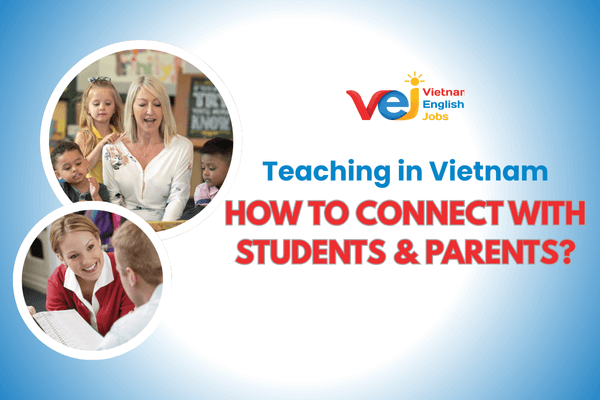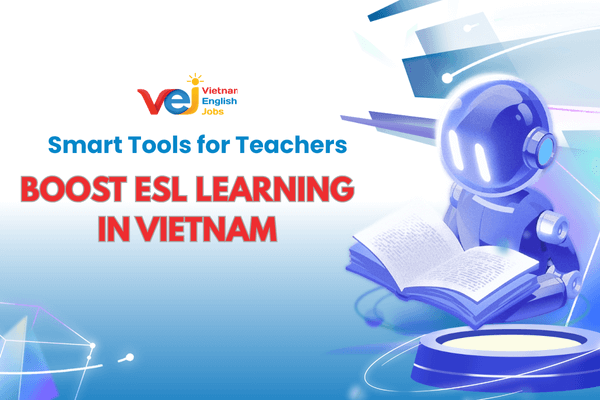How to Adapt ESL Lessons for Mixed-Level Classrooms
Mixed-level classrooms are one of the biggest challenges ESL teachers face, especially in countries like Vietnam where English proficiency varies widely among students. In the same class, you might have students who are confident speakers sitting next to those still struggling with basic vocabulary.
The good news is that with the right strategies, teachers can create lessons that engage all students, regardless of their level. In this article, we’ll explore practical methods to adapt ESL lessons for mixed-level classrooms so every learner can progress effectively.

1. Use Differentiated Instruction
Not all students learn at the same pace. Differentiating tasks ensures that everyone is challenged appropriately.
- Beginner-friendly tasks: Matching words to pictures, simple fill-in-the-blanks.
- Advanced tasks: Writing full sentences, summarizing, or leading group discussions.
* Teaching Tip: Provide tiered worksheets so stronger students can extend their learning while beginners practice basics.
2. Pair and Group Strategically
Mixed-level classrooms benefit from collaborative learning.
- Pair weaker students with stronger ones for peer support.
- Use mixed-ability groups for projects, but balance roles (e.g., stronger students present, weaker students take notes).
* Teaching Tip: Rotate groups often to avoid dependency and ensure fairness.
3. Offer Open-Ended Activities
Choose activities that allow for multiple levels of response.
- Example: In a storytelling activity, beginners can use simple sentences (“I went to the park”), while advanced learners can add detail and complexity (“Yesterday, I went to the park with my friends, and we played football for two hours”).
* Teaching Tip: Encourage all answers, but guide students to expand gradually.
4. Scaffold Instructions and Materials
Scaffolding helps lower-level students understand while keeping higher-level students engaged.
- Use visuals, gestures, and examples when giving instructions.
- Provide vocabulary lists for beginners.
- Allow advanced learners to use more challenging resources (articles, videos, podcasts).
* Teaching Tip: Always check comprehension with concept-checking questions (CCQs).
5. Incorporate Technology for Personalization
Technology makes it easier to manage different proficiency levels.
- Apps like Quizlet or Duolingo let students practice at their own pace.
- Online quizzes (Kahoot, Quizizz) allow all students to participate, with varied levels of difficulty.
* Teaching Tip: Blend technology with group activities so students don’t feel isolated.
6. Give Varied Homework Options
Homework should reinforce lessons while respecting different abilities.
- Beginners: Short vocabulary or grammar drills.
- Advanced: Writing assignments, essays, or presentations.
* Teaching Tip: Offer “choice boards” so students select tasks that suit their level and interests.
7. Focus on Communication, Not Perfection
In mixed-level classes, the goal should be effective communication rather than flawless grammar.
- Encourage students to express ideas even with mistakes.
- Praise effort and creativity.
- Correct gently and selectively, especially for beginners.
* Teaching Tip: Save detailed grammar corrections for advanced students, while giving simple guidance to beginners.
Teaching ESL in mixed-level classrooms is challenging, but it can also be highly rewarding. By using differentiated instruction, group strategies, open-ended activities, scaffolding, and technology, teachers can ensure that every student: from beginner to advanced, feels supported and challenged. The key is flexibility: adapt your lessons to the needs of the class, and focus on building confidence and communication skills. With the right approach, mixed-level ESL classrooms can become dynamic spaces where all students thrive together.

















